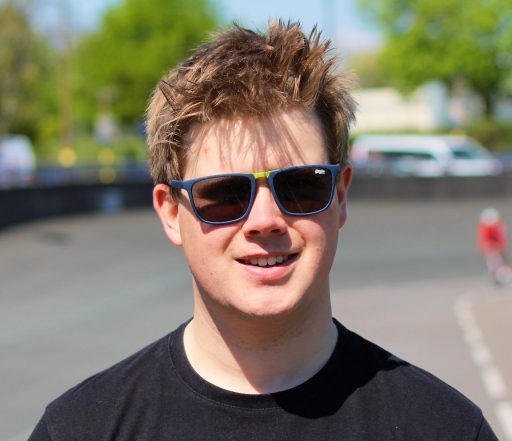Highly skilled software developer with over a year of hands-on experience in the industry. Proficient in developing iOS applications that leverage core Apple frameworks and cutting-edge technologies. Demonstrated ability to adapt to new technologies and programming languages quickly. Accomplished in collaborating with a diverse array of stakeholders, including shareholders and end users. Boasts a strong foundation in Human-Computer Interaction Research and a successful history of mentoring and guiding computer science undergraduates and postgraduate students throughout their academic studies.
Key skills
- Ability to design, develop, implement and document new features.
- Ability to read crash reports from production and implement bug fixes.
- Implement unit testing onto existing libraries.
- Track record of rapidly prototyping and testing with stakeholders and end users.
- Experience with working with international teams in multiple time zones
- Running user studies, questionnaires, design sessions and research studies
Employment History
Graduate Developer, Cerulean Labs UK
June 2022 – August 2023
Developer on the CoDesign app (formerly known as Spaces) an innovative 2D + 3D iPad app tailored for architectural design. CoDesign is an MVVC and event driven app built on Apple Swift and SwiftUI that leverages proprietary internal technology to render 3D buildings quickly. Also worked alongside several external platforms such as AWS, Amplify, MapBox, Sentry, Git and GitHub, and Realm.
Successfully carried out the planning, implementation and testing of several key features such as improved document management, pencil input interpretation from the Apple Pencil, 2D rendering pipeline, significant modification and refactoring of the user interface for improved localisation and performance.
Carried out bug fixing and optimisation within the internal 2D & 3D rendering engine, geometric libraries, bugs with pencil input interpretation via PencilKit, app localisation and resolving complex mathematical problems. Undertook a significant testing regime of the app including Unit Testing with XCTests, time and performance with Apple Instruments, integration testing and reviewing and monitoring in production crashes with Sentry. Produced code documentation and process documentation to improve best practices within the company.
Lab Assistant, Swansea University
2018-2022
Supported teaching several computer science modules including user experience, web applications in ASP.NET C# and PHP Laravel, mobile applications in Kotlin and Java, programming for beginners in Java, robotics, hardware and devices and embedded systems.
Responsibilities included running and supporting in-person and remote workshops and labs with large classes (150+ students), carrying out assessments of labs and coursework with feedback, and assessment marking. Also produced rapidly a Discord bot for online labs (discord was used over Zoom in many labs due to its much better group calls features and channels) which enabled responding to students’ questions rapidly and efficiently. This was developed over a weekend and deployed on Monday morning and used by several modules in the University.
Education
Swansea University
Department of Computer Science
– Masters in Computing and Future Interactive Technology, Pwy: Designing a Discrete Speaker Recognition App for Conversational Support on Smartwatches, 2018-2021
– Bsc Computer Science: Honours: 2015-2018. Awarded Upper Second-Class
Selected Personal Projects
- PlayCAD: an iPadOS app that uses machine learning to generate 3D models based on what someone has physically moulded in Play-Doh and allows shapes to be modified.
- Pwy: a conversational aid that detects who is speaking based on their “voice signature” on an Apple Watch and iPhone. Produced a Prototype for user studies and a final product that was intended to be used for research for an academic conference, however, COVID-19 resulted in this research not being completed.
- LabBot – a JavaScript-based discord app to support online teaching and remote learning. This was rapidly created in a weekend during the COVID-19 pandemic despite having no prior knowledge of JavaScript. Was deployed and used successfully in a large university course
- Personal Website (this site!): This is hosted on a virtual remote server. The main website is powered by WordPress, Photography website is powered by Piwigo with access control running on Apache and Ubuntu. Analytical data captured by Google Analytics.
Publications
Ellis, K., Dao, E., Smith, O., Lindsay, S., & Olivier, P. (2021, May). Tapeblocks: A making toolkit for people living with intellectual disabilities. In Proceedings of the 2021 CHI Conference on Human Factors in Computing Systems (pp. 1-12).
Smith, Osian, and Stephen Lindsay. “Looking At Situationally-Induced Impairments And Disabilities (SIIDs) With People With Cognitive Brain Injury.” arXiv preprint arXiv:1904.06132 (2019).
